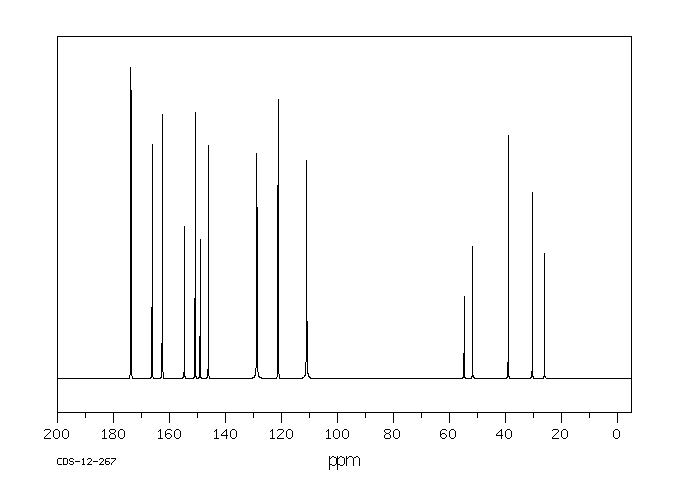毒理性
◉ 母乳喂养期间的总结:大多数来源认为,在高剂量抗癌药物甲氨蝶呤治疗期间,母乳喂养是被禁忌的。建议在甲氨蝶呤化疗剂量后至少有1周的禁欲期。化疗可能会不利地影响母乳的正常微生物组和化学成分。在怀孕期间接受化疗的妇女更有可能在哺乳婴儿时遇到困难。
母体剂量的甲氨蝶呤达到92毫克(1.12毫克/公斤)时,在乳汁中产生低水平,导致一些作者认为,低单一剂量或每周剂量,例如用于宫外孕或类风湿性关节炎的剂量,对哺乳婴儿的风险较低,尽管一些专家意见警告不要使用。在每周低剂量甲氨蝶呤后停止哺乳24小时,可能会使婴儿的剂量减少40%。如果在长期低剂量甲氨蝶呤使用期间进行母乳喂养,可以考虑监测婴儿的完整血细胞计数和分类。
◉ 对哺乳婴儿的影响:在分娩后第151天,一位哺乳的母亲开始每周皮下注射甲氨蝶呤25毫克。在那时,估计婴儿在给药后24小时内的摄入量为3.4微克/公斤。这位母亲在继续接受每周皮下注射甲氨蝶呤25毫克的同时,又额外哺乳了9个月(具体程度未说明)。婴儿未出现不良反应。
◉ 对泌乳和母乳的影响:截至修订日期,未找到相关已发布信息。
◉ Summary of Use during Lactation:Most sources consider breastfeeding to be contraindicated during maternal high-dose antineoplastic drug therapy with methotrexate. An abstinence period of at least 1 week after chemotherapy doses of methotrexate has been suggested. Chemotherapy may adversely affect the normal microbiome and chemical makeup of breastmilk. Women who receive chemotherapy during pregnancy are more likely to have difficulty nursing their infant.
Maternal doses of methotrexate up to 92 mg (1.12 mg/kg) produce low levels in milk, leading some authors to state that low single or weekly doses, such as those used for ectopic pregnancy or rheumatoid arthritis, are of low risk to the breastfed infant, although some expert opinion warns against this use. Withholding breastfeeding for 24 hours after a weekly low dose of methotrexate may decrease the infant's dose by 40%. If breastfeeding during long-term, low-dose methotrexate use is undertaken, monitoring of the infant's complete blood count and differential could be considered.
◉ Effects in Breastfed Infants:On day 151 postpartum, weekly methotrexate 25 mg subcutaneously begun a nursing mother. The estimated intake of the infant at that time was 3.4 mcg/kg in the first 24 hours after administration. The mother continued to breastfeed (extent not stated) for an additional 9 months while receiving subcutaneous methotrexate 25 mg weekly. No adverse effects were noted in the infant.
◉ Effects on Lactation and Breastmilk:Relevant published information was not found as of the revision date.
来源:Drugs and Lactation Database (LactMed)









